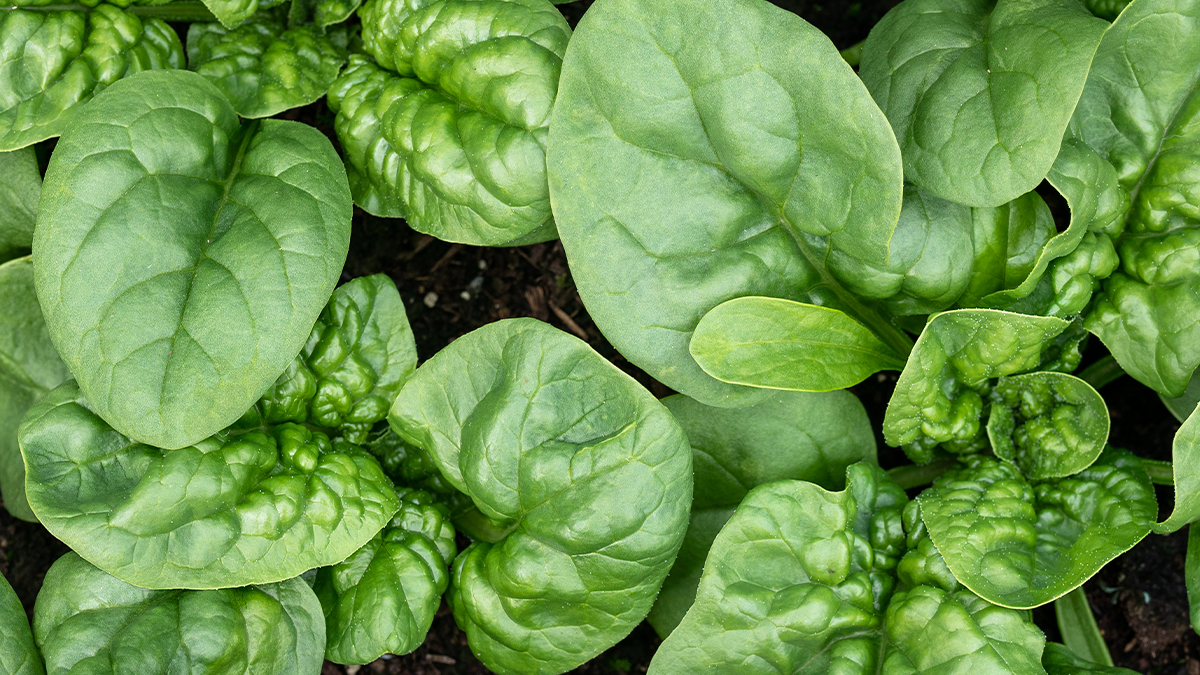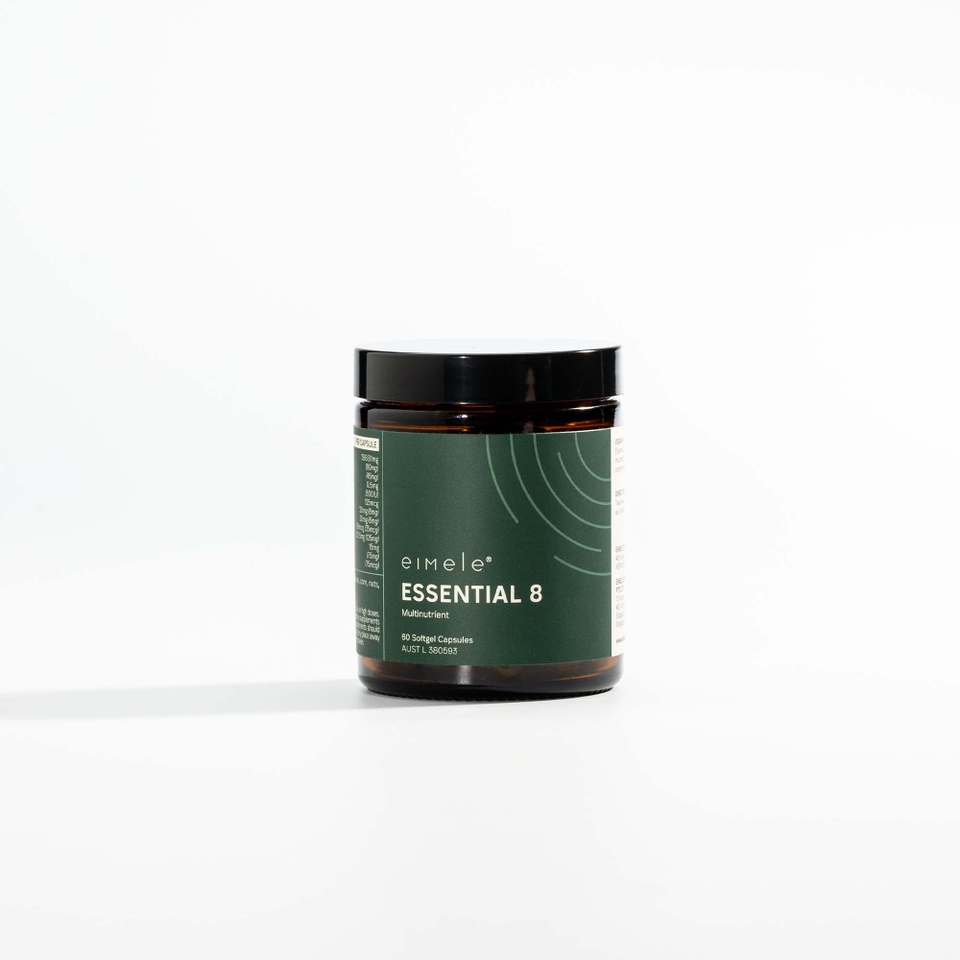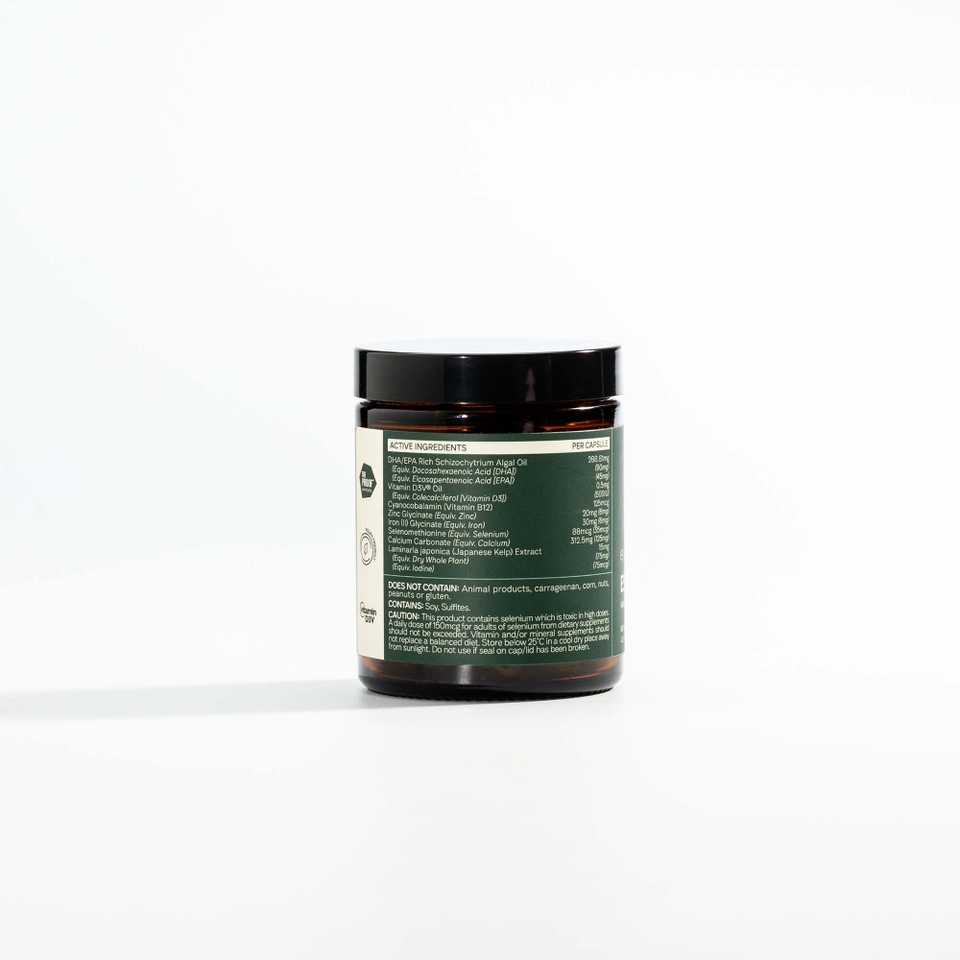
iron
What is iron?
Iron is an essential mineral that can be found in both plant and animal sources. The plant source of iron has a different name, it’s referred to as ‘non-haem’ iron, while ‘haem iron’ comes from animal sources. What’s the difference? Aside from their origins, haem iron is considered to be better absorbed by the body. However, non-haem sources of iron are able to better regulate the absorption of iron - meaning the body only takes what is needed. Since iron at high levels can cause toxicity, this is a key difference.[1,2]
Why is iron so important?
The main job of iron in the human body is to carry oxygen around the body - it does this by using a protein in the red blood cells called haemoglobin. Haemoglobin carries oxygen from the lungs to the tissues throughout the body, allowing the cells to produce energy.[3] Iron deficiency impacts the formation of red blood cells and their ability to transport oxygen around the body, resulting in tiredness and fatigue.[3]
The source
Eimele’s source of iron is a synthesised iron (II) glycinate. This form of iron is attached to an amino acid called glycine. Glycine helps to protect the iron from oxidative damage while also ensuring the iron is well absorbed in the gastrointestinal tract.[4]
Optimal dosage
Iron requirements can vary depending on a range of factors, including life stage, health conditions and diet. The recommended daily intake (RDI) serves as a general guideline. From adolescence through to menopause, women have higher iron requirements, including during pregnancy.
RDI5
- Men 19-70+ years 8mg/day
- Women 19-51 years 18mg/day
- Women 51-70+ years 8mg/day
- Pregnancy 27mg/day
- Lactation 9mg/day
Why do you need to supplement iron?
If your current diet is low in iron, it may be necessary to use a supplement to ensure you meet the RDI. Although there is an abundance of plant sources of iron, it can be difficult to fix pre-existing low iron with diet alone. Certain factors, including caffeine consumption, gastrointestinal disorders and the presence of phytates in plant sources of iron can all lead to poor iron absorption.
Interesting facts about iron
- Iron absorption can be enhanced by including a source of vitamin C at the same time. You might like to include a squeeze of lemon in water to help boost your iron.
- Separate your iron-rich foods and iron supplements from your caffeine consumption - coffee and black tea reduce the absorption of vital nutrients, including iron, calcium and zinc.[6]
References:
[1]. Hayat, I., Ahmad, A., Masud, T., Ahmed, A. & Bashir, S. (2014). Nutritional and health perspectives of beans (Phaseolus vulgaris L.): An overview. Critical Reviews in Food Science and Nutrition, 54(5): 580-92.
[2]. Cooper, J.S., Phuyal, P. & Shah, N. (2020). Oxygen toxicity. Updated November 2020 in StatPearls [Internet]. StatPearls Publishing, Treasure Island.
[3]. Marengo-Rowe, A.J. (2006). Structure-function relations of human hemoglobins. Proc (Bayl Univ Med Cent), 19(3):239-245.
[4]. INCHEM. Ferrous glycinate (processed with citric acid). Accessed July 2022 from https://inchem.org/documents/jecfa/jecmono/v52je20.htm#abs
[5]. National Health and Medical Research Council. Iron. Updated April 2014, accessed July 2022 from https://www.nrv.gov.au/nutrients/iron
[6]. Sung, E.S., Choi, C.K., Kim, N.R., Kim, S.A., Shin, M.H. (2018). Association of coffee and tea with ferritin: data from the Korean National Health and Nutrition Examination Survey (IV and V). Chonnam Med J, 54(3):178-183.

